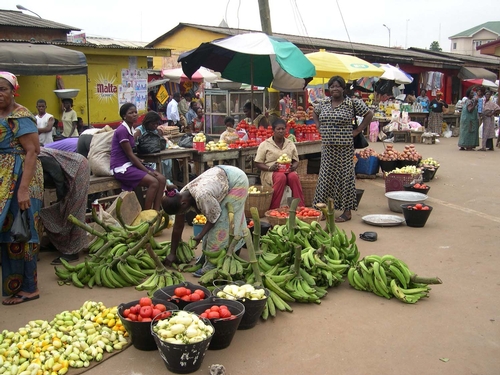Produce handling in developing economies
There is a wide schism between the sleek mechanical harvesting machines that briskly traverse California’s fertile croplands versus the field worker with a machete and head-basket, or possibly a donkey laden with woven baskets, that is still most commonly found in many nations.
Produce loss continues to be a significant problem. Worldwide, it is estimated that as much as one-third of the produce grown is never consumed by humans (Kader, 2005). Many logistical challenges contribute to this loss, including: ineffective or absent cooling systems, slow and rough transportation, physical damage from rough handling, and poor sanitation conditions.
In 2010, one of the most popular free titles available on the Postharvest Technology Center’s website was “Small-Scale Postharvest Handling Practices: A Manual for Horticultural Crops.” Written by Lisa Kitinoja and Adel Kader, and currently translated into 10 languages, this title was downloaded by over 22,000 readers last year. While this useful resource is very popular in the United States among small-scale farmers, over 8,000 readers benefitted from the useful content translated into Indonesian, 4,000 from the Vietnamese translation, and over 3,000 from the Arabic translation. Readers learned information about the curing of tuber crops, designing picking poles and catching sacks to gently harvest fruit, and efficient designs for packinghouse layout. (Link to all ten translations are found under the section “Small-Scale Postharvest Practices” at: http://postharvest.ucdavis.edu/Pubs/publications.shtml.)

“Many simple practices have successfully been used to reduce losses and maintain produce quality of horticultural crops in various parts of the world for many years,” asserted Lisa Kitinoja of Extension Systems International. “You don’t necessarily need costly handling machinery and high-tech postharvest treatments to be able to deliver quality produce to the marketplace. However, effective management during the postharvest period is key to reaching the desired objective.”
While most California produce shoppers are grateful for the quality and variety available in our markets, it’s nice to know that an effort is being made to improve the produce available to others not quite as fortunate as we.
Photo: Kumasi retail produce market, courtesy of Adel Kader.